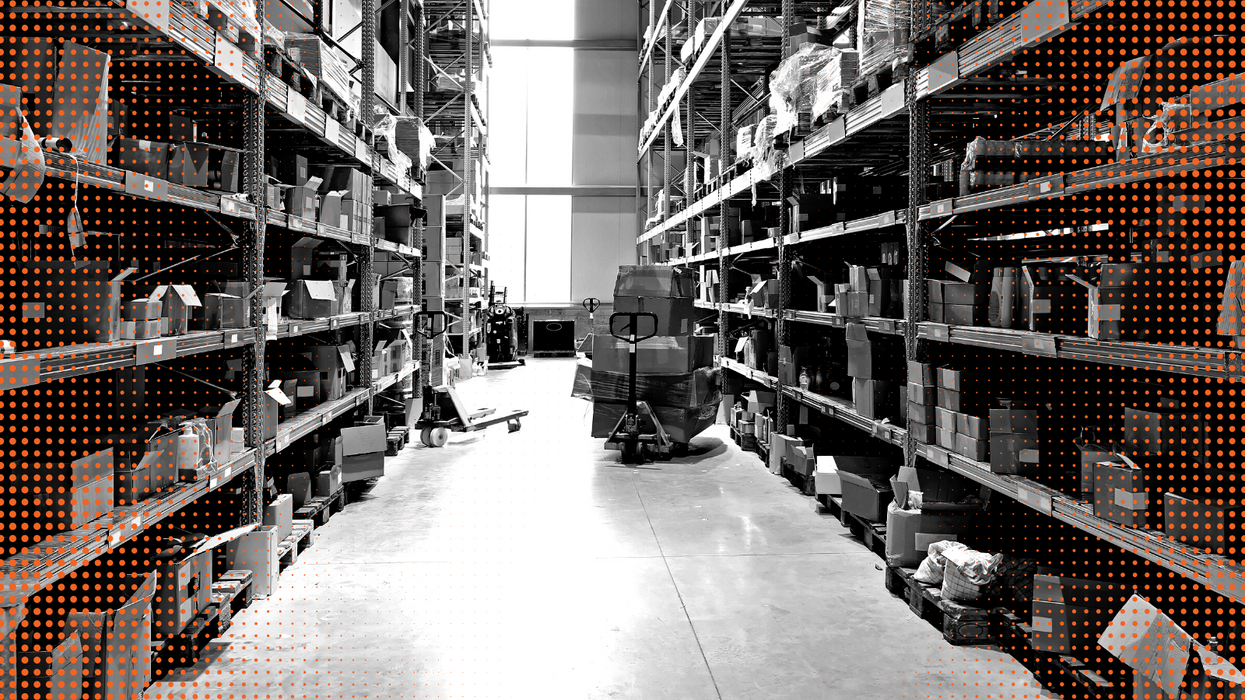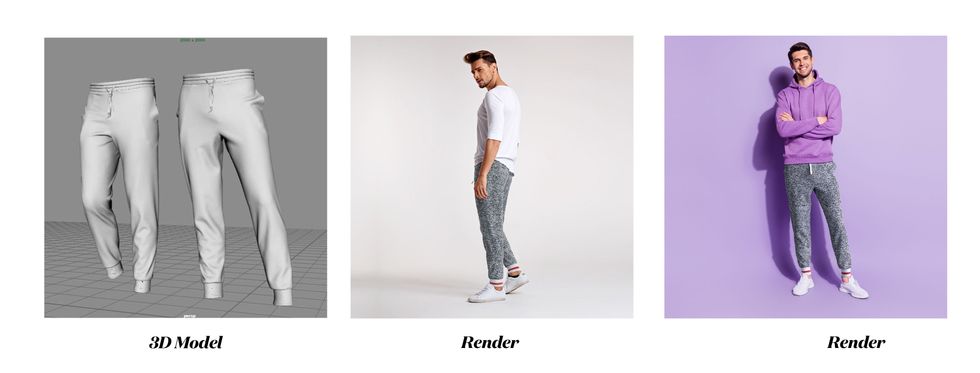Operations
22 November 2022
Amazon inflation surcharge will be permanent with 2023 FBA fee hike
Amazon is raising fulfillment fees for storage, outbound and more.

Amazon is raising fulfillment fees for storage, outbound and more.

Amazon will make a fulfillment upcharge introduced for inflation permanent in 2023, as the ecommerce giant makes a series of increases to fees in its program that provides logistics for third-party sellers.
Fulfillment by Amazon (FBA) provides storage, processing and shipping services for seller orders, making Amazon's logistics network available to the merchants that sell on its marketplace. Such services also have a growing importance to Amazon's business, as the third-party marketplace provides an expanded selection for Prime members, as well as revenue earned through both sales as well as shipping orders. According to Marketplace Pulse, Amazon fulfillment fees increased 30% between 2020 and the third quarter of 2022. In 2023, they are set to rise again.
Amazon VP of Worldwide Selling Partner Services Dharmesh Mehta announced the following changes to fees in the Fulfillment by Amazon (FBA) for 2023:
A 5% fuel and inflation surcharge that was introduced in April was advertised as being a temporary fee at the time to account for rising transportation costs. But now, it will be factored into overall rates, effectively making it permanent.
“These cost increases have not attenuated as quickly as we had hoped, so we will adjust our standard FBA fee rates to account for these increased and supply chain costs and we will remove the separate Fuel & Inflation Surcharge at this time," Mehta wrote.
FBA fees will be changing in part as a result of observed inefficency patterns by the company.
“This year, we saw some sellers use more of our storage than we expected or believe was needed to serve customers well, and that constrained how much product from other sellers could be sent into FBA,” Mehta wrote.
The company is making the following fee changes:
FBA outbound fees are increasing by $0.22 on average.
For apparel, the company is creating a new weight tier that will use the greater of unit weight or dimensional weight to determine the shipping weight for all large, standard-size products.
Returns processing fees for apparel and footwear will decrease by an average of $0.20 per return.
Off-peak storage fees for standard-size products will increase by $0.04 per cubic foot and $0.03 per cubic foot for oversize products.
Peak storage fees for the non-sortable network will increase by $0.20 per cubic foot. Sortable fees will remain unchanged.
A storage utilization surcharge will be introduced for sellers who have “a high cube of inventory stored in our fulfillment centers relative to the cube of their recent weekly sales.” Amazon estimates that 7.5% of sellers will be affected by this change, which takes effect April 1, 2023.
Inventory surcharges will be increased for items stored 271-365 days.
Aged inventory surcharges will be introduced for inventory stored 180-270 days in the categories of apparel, shoes, bags, jewelry and watches.
Removal and disposal fees will increase.
The U.S. FBA New Selection program will have reduced fees. A rebate on sales for eligible new-to-FBA parent ASINs will decrease from 5% to 10% on average. The New Selection program aims to incentivize sellers by offering free monthly storage fees of up to 50 units for 90 days.
The Small & Light program will expand (again) by increasing the item price for eligible products from $10-or-less to $12-or-less. This will allow more sellers to access the lower prices in this program, which provides lower prices for shipment of small items.
More details can be found here.
The new increases come as logistics providers and carriers including UPS, FedEx, the US Postal Service and Pitney Bowes have all announced their own rate increases for 2023.
These aren’t the first fee changes Amazon has announced this year. Along with the inflation surcharge, the company has raised fees for peak season months of October-December, and US sellers shipping to Mexico and Canada.
Amazon has also sought to increase services for sellers through a new account health rating and marketing tools that allow for emails to customers, among other new features. An upstream storage service called Amazon Warehousing and Distribution is also expected to grow in 2023. Some sellers are also involved in early stages of Buy with Prime, a service that allows merchants to embed Prime benefits on direct-to-consumer sites through a checkout badge.
Amazon is facing a delicate balance on many fronts heading into 2023. It overbuilt its logistics capacity during the pandemic and is attempting to rebalance, but is also seeking to grow its third-party marketplace, which accounts for roughly 60% of items sold and brings big revenue from FBA. It also faces competition, from carriers, from Walmart and its growing third-party marketplace, from American Eagle and its Quiet Logistics "frenemy network" of brands and retailers, and from Shopify and its new fulfillment network. Elevated costs and a consumer pullback from inflation hang over all of it. Fee increases have been a constant in recent years, but Amazon must make those decisions with all of these elements in mind.
Amazon's FBA increases are just the first step in a chain that eventually makes products more expensive consumers, and spreads to ecommerce channels beyond just Amazon, as MarketPlace Pulse explained.
"When Amazon increases fees, sellers increase prices to maintain a profit margin, and when it reduces available FBA storage, they watch products sell out and miss out on sales they could have made," writes Founder Juozas Kaziukenas. "Furthermore, since Amazon penalizes sellers for offering their products cheaper on other channels, sellers inevitably raise prices across all marketplaces."
Amazon partnered with Hexa to provide access to a platform that creates lifelike digital images.
A 3D rendering of a toaster from Hexa and Amazon. (Courtesy photo)
Amazon sellers will be able to offer a variety of 3D visualizations on product pages through a new set of immersive tools that are debuting on Tuesday.
Through an expanded partnership with Hexa, Amazon is providing access to a workflow that allows sellers to create 3D assets and display the following:
Selllers don't need prior experience with 3D or virtual reality to use the system, according to Hexa. Amazon selling partners can upload their Amazon Standard Identification Number (ASIN) into Hexa’s content management system. Then, the system will automatically convert an image into a 3D model with AR compatibility. Amazon can then animate the images with 360-degree viewing and augmented reality, which renders digital imagery over a physical space.
Hexa’s platform uses AI to create digital twins of physical objects, including consumer goods. Over the last 24 months, Hexa worked alongside the spatial computing team at Amazon Web Services (AWS) and the imaging team at Amazon.com to build the infrastructure that provides 3D assets for the thousands of sellers that work with Amazon.
“Working with Amazon has opened up a whole new distribution channel for our partners,” said Gavin Goodvach, Hexa’s Vice President of Partnerships.
Hexa’s platform is designed to create lifelike renderings that can explored in 3D, or overlaid into photos of the physical world. It allows assets from any category to be created, ranging from furniture to jewelry to apparel.

The result is a system that allows sellers to provide a new level of personalization, said Hexa CEO Yehiel Atias. Consumers will have new opportunity see a product in a space, or what it looks like on their person.
Additionally, merchants can leverage these tools to optimize the entire funnel of a purchase. Advanced imagery allows more people to view and engage with a product during the initial shopping experience. Following the purchase, consumers who have gotten a better look at a product from all angles will be more likely to have confidence that the product matches their needs. In turn, this can reduce return rates.
While Amazon has previously introduced virtual try-on and augmented reality tools, this partnership aims to expand these capabilities beyond the name brands that often have 1P relationships with Amazon. Third-party sellers are an increasingly formidable segment of Amazon’s business, as they account for 60% of sales on the marketplace. Now, these sellers are being equipped with tools that enhance the shopping experience for everyone.
A video displaying the new capabilities is below. Amazon sellers can learn more about the platform here.
Hexa & Amazon - 3D Production Powerhousewww.youtube.com